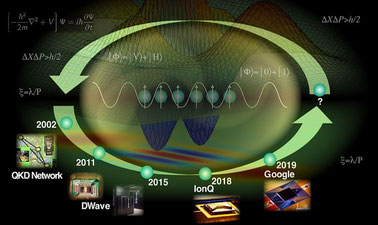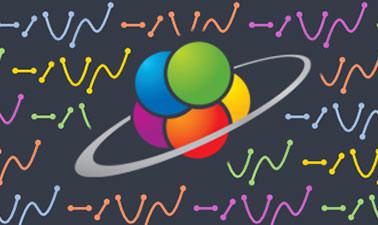Online mathematical equality simulations allow us to explore this important mathematical concept and discover some of its applications.
Mathematical equalities are expressions that establish a relationship of equality between two expressions or quantities. They are fundamental in mathematics, since they allow us to perform operations and solve equations.
A mathematical equality is composed of two sides: the left side and the right side, separated by the equal sign (=). Each side of the equality can contain terms, mathematical operations and variables.
Some common examples of mathematical equalities are:
Numerical equality. States that two numerical quantities are equal. For example: 3 + 4 = 7.
Algebraic equality. Involves variables and can represent more general relationships. For example: 2x + 3 = 7.
Functional equality. Relates two functions and states that for certain values of the variable, the functions give the same result. For example: f(x) = g(x).
Trigonometric equality. Refers to an equality involving trigonometric functions, such as sine, cosine or tangent. For example: sen2(x) + cos2(x) = 1.
Vector equality. States that two vectors are equal in magnitude and direction. For example: →AB = →CD.
Solving mathematical equalities involves finding the value or values of the variables that make the equality true. This can be accomplished by algebraic techniques, manipulating the terms and applying mathematical properties and rules. In some cases, it is necessary to use numerical or graphical methods to find approximate solutions.
It is important to keep in mind that mathematical equalities must respect mathematical rules and properties, such as the reflexive, transitive and symmetric property of equality. In addition, equivalent operations can be applied on both sides of the equality without altering its validity.
The online mathematical equations simulations on this page can help you in many ways to deepen your understanding of this important mathematical concept, so take advantage of them!
Explore the exciting STEM world with our free, online simulations and accompanying companion courses! With them you'll be able to experience and learn hands-on. Take this opportunity to immerse yourself in virtual experiences while advancing your education - awaken your scientific curiosity and discover all that the STEM world has to offer!
- Intro
- Explorer
- Two variables
Introduction to mathematical equalities
Explore what it means for a mathematical expression to be balanced or unbalanced when interacting with objects on a balance. Find all the ways to balance cats and dogs or apples and oranges.
File
Mathematical Equality Explorer
Explore what it means for a mathematical expression to be balanced or unbalanced when interacting with different objects on a scale. Discover the rule for keeping them balanced by collecting stars in the game window!
File
Explorer of mathematical equalities of two variables
Explore what it means for a mathematical expression to be balanced or unbalanced when interacting with integers and variables on a balance. Find multiple ways to balance the two variables “x” and “y” to build a system of equations.
File
Mathematics courses


Polynomials, Functions and Graphs



MathTrackX: Special Functions



How to Learn Math: For Students



Maths Essentials



Linear Algebra IV: Orthogonality & Symmetric Matrices and the SVD



Linear Algebra III: Determinants and Eigenvalues



Linear Algebra II: Matrix Algebra



Linear Algebra I: Linear Equations

Other courses


Entropy and Equilibria



Energy Within Environmental Constraints



Dynamics and Control



Polynomials, Functions and Graphs



Fiber Optic Communications



Cavity Quantum Optomechanics



Introduction to Quantum Science & Technology



Astrophysics: The Violent Universe


















